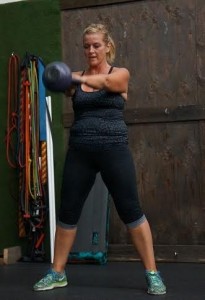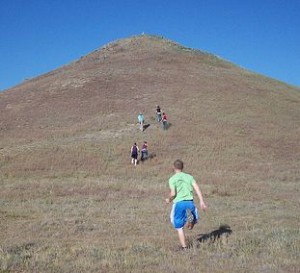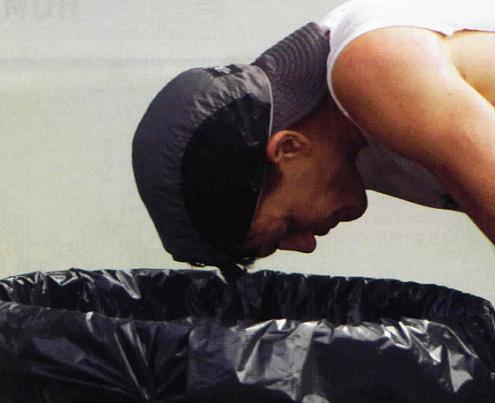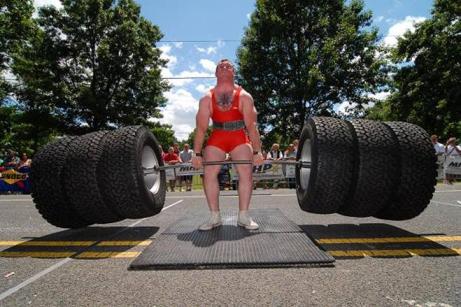
By Mark Elmasry
When you activate small and large muscle groups by using body weight with slow movements or isometrics, but what about a way to dynamically activate the most important muscle groups?
There is always a way to simplify and regress the basic activation drills, but how do we progress and add difficulty to any of those exercises?
Meet the Power Wheel.
The Power Wheel is a great tool that every body shape and size can use. It is a safe piece of equipment to use for exercise where we can minimize the risk of injury. If there exercise exacerbates certain potentially injurious movements, all the subject has to do is stop, without dropping any dangerous amount of weights or any bulky gym equipment.
Six Power Wheel Exercises
Most important highlighted feature of this tool is that it pin points specific postural muscle groups statically or dynamically in such a short period of time. You want an exercise tool that will shred your abs and tone your entire body with just a short 5 – 10 minute workout a few times a week; well you have to include the power wheel.
 The power wheel can regress a dead-lift to just a simple hinge off of the floor and make anyone shake and tremble or take a basic plank and make it exponentially more difficult to maintain a neutral as their face drips with beads of sweat.
The power wheel can regress a dead-lift to just a simple hinge off of the floor and make anyone shake and tremble or take a basic plank and make it exponentially more difficult to maintain a neutral as their face drips with beads of sweat.
To simplify the bio-mechanics behind why this piece of equipment is so challenging is because it is so unstable while you are affixed to it, whether it be gripping the handles with white knuckles or strapping your feet in like it is an adventure sport. After you are fastened to the Power Wheel and chose your exercise, it is further made deceptively more wobbly by the free rolling wheel. While the wheel moves it is strenuous just to maintain a neutral spine and therefore recruits substantially more muscle cells from our abdominal group than any other body weight floor exercise.
 The Power Wheel is an efficient and highly effective tool. Every level of exercise enthusiast can safely utilize this tool with minimal to zero risk of injury. Lastly the Power Wheel targets every necessary postural muscle group, entire abdominal wall, obliques, serratus anterior, intercostals, transverse abdominis, spinal erectors, lats, hip extensors, flexors, and add/abductors, hamstrings, glutes and quads and the rest of your structure completely.
The Power Wheel is an efficient and highly effective tool. Every level of exercise enthusiast can safely utilize this tool with minimal to zero risk of injury. Lastly the Power Wheel targets every necessary postural muscle group, entire abdominal wall, obliques, serratus anterior, intercostals, transverse abdominis, spinal erectors, lats, hip extensors, flexors, and add/abductors, hamstrings, glutes and quads and the rest of your structure completely.
Everyone should be using this awesome piece of equipment!
If you liked, “Benefits of The Power Wheel – Innovative Results Fitness Coach Writes His Perspective with Six Power Wheel Exercises,” please leave us a comment, and share this article with your family, friends, and coworkers.
If you are interested in learning more about the power wheel, and all of the other dynamic and fun equipment we use here at Innovative Results – fill out the form below.





 That missed training session has turned into a multiple week break, ready to find out what your body has to say?
That missed training session has turned into a multiple week break, ready to find out what your body has to say?










 By:
By: 









